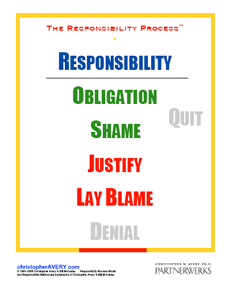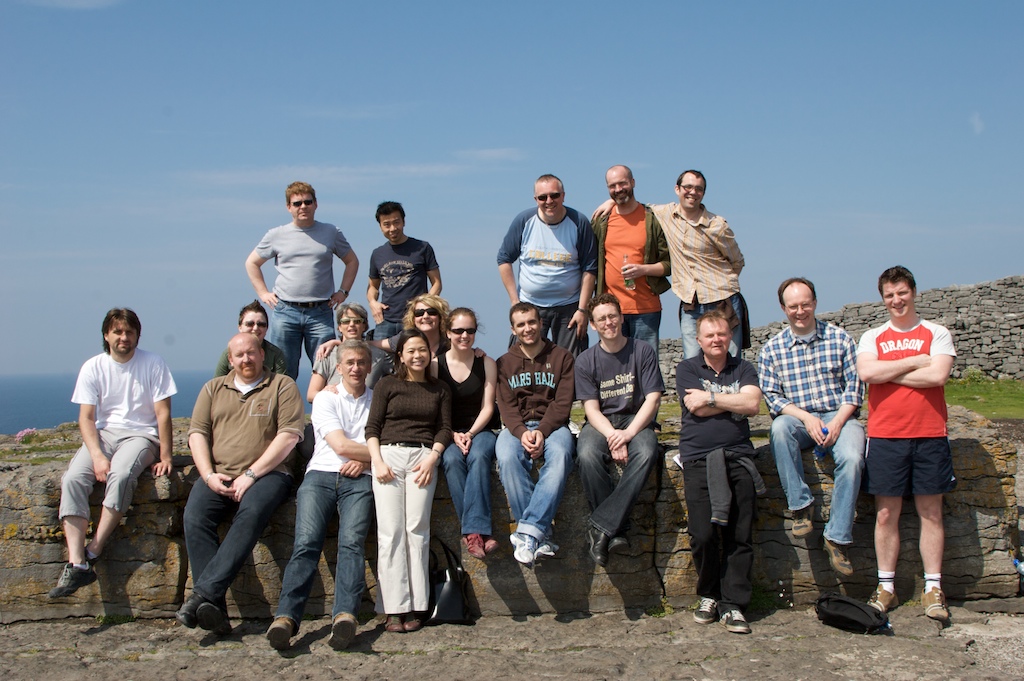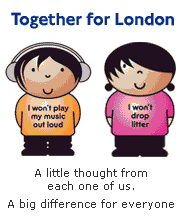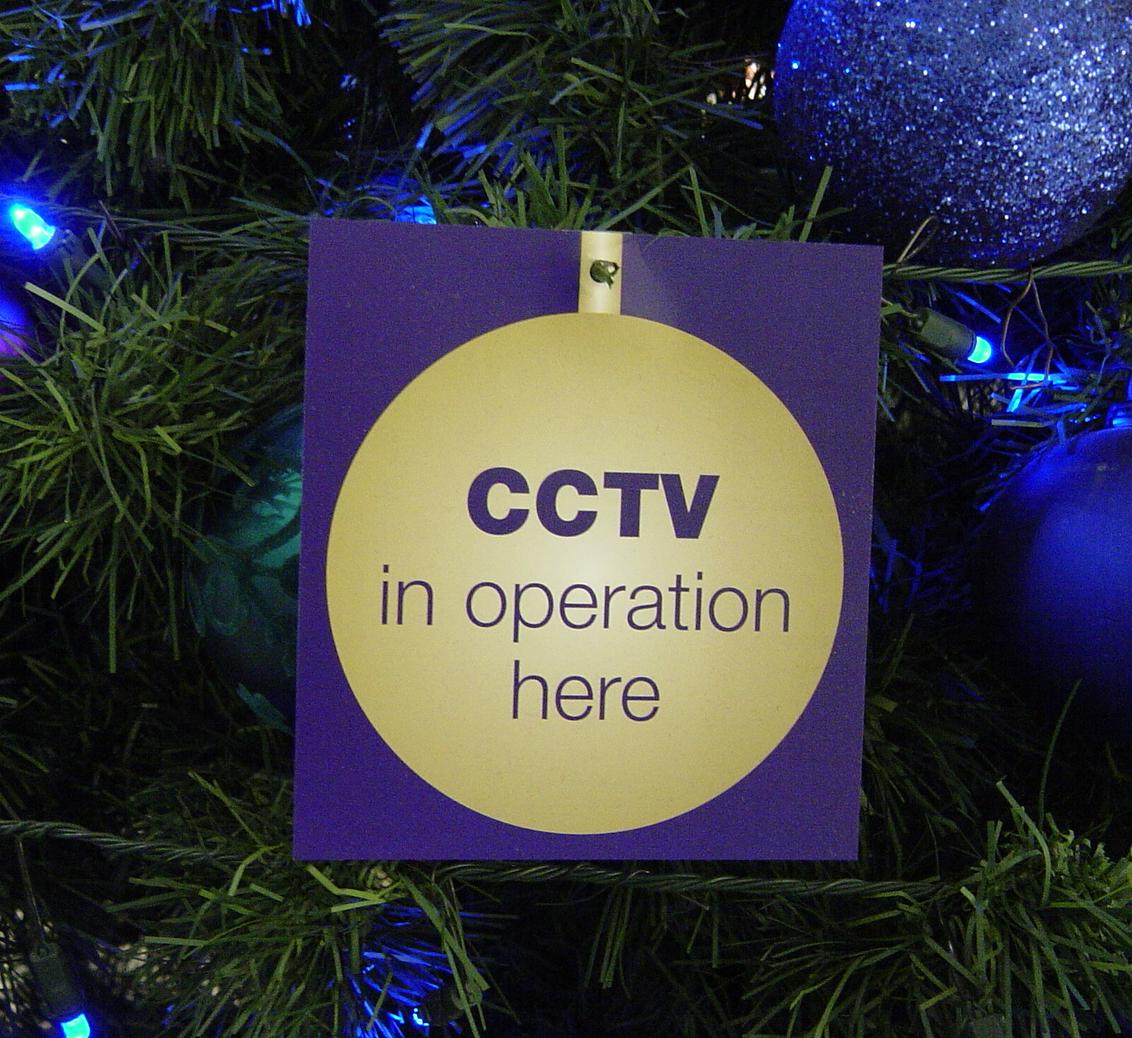‘To some, responsibility is a burden. To others, responsibility is a reward. For many, responsibility means having someone to point to.’
– Christopher Avery
It was great to finally meet Christopher Avery at the Agile Business Conference this Wednesday. His presentation on the Responsibility Model, delivered in person, was every bit as insightful and entertaining as I hoped it would be.
‘Humans are born to learn’
According to Christopher, Responsibility has long been considered as a character trait. Or, depending on your view of the world, a character flaw.
Newsflash: Responsibility is neither a character trait nor flaw. Christopher describes Responsibility as the way you respond to a problem. Responsibility is completely subjective. It’s also a feeling. This is why Responsibility is so difficult to talk about.
For me, the most effective way of thinking about Responsibility is to compare it with Accountability. According to Christopher, delegating Accountability is the first tool of management. It’s a one-sided agreement-making process in which one individual beholdens another regardless of whether or not that individual accepts the responsibility that has been thrust upon them.
Responsibility, on the other hand, empowers an individual by giving each of us the choice to acknowledge then embrace the uncertainty surrounding our lives and to do something about it.
Redefining Responsibility
There are six progressive phases in the Responsibility Model:
-
Denial – ‘Problem? What problem? There’s no problem.’
-
Blame – ‘I don’t have a problem working with you. You seem to have a problem with me. That makes it your problem. ‘
-
Justify – ‘I guess it’s possible that I’ve become insensitive to other people’s feelings and needs. I can’t help it though. After all, I’ve been doing this job for a long time. It’s who I am.’
-
Shame – ‘What have I done? I’m going to look such an idiot in front of the people at work. How am I going to live it down? Why should they help me after the way I’ve behaved?’
-
Obligation – ‘Tell me what you think I should do. I have no choice but to do it (even though I don’t want to). I’ll do whatever you say. It’s only a job after all (no one can expect to do a job they love).’
-
Responsibility – ‘I can wait for them to change but that could take forever. No, it’s up to me. I want to fix the problem. So how am I going to be a better colleague? I know! I’ll listen more. And be more considerate towards others. It’s a start.’
Taboo Who?
Embrace responsibility. Instead of skirting around it, talk about it. Practice moving through the 6 phases of the Responsibility Model. Help each other spot when one of you become stuck in a particular phase. The key to continuous improvement are what Christopher has identified as the Keys of Responsibility.
The Keys of Responsibility
1. Intention – Commit to doing or stop doing something.
2. Awareness – Learn to recognise when you are in each of the 6 phases. Look out for how you feel in each of those phases. Use the feeling to help you recognise which phase you’re in and evaluate why you feel that way you so that you can move onto the next phase towards Responsibility.
3. Confront – Face the truth head on. It’s sounds simple, but it’s not easy. How honest are you with yourself?











